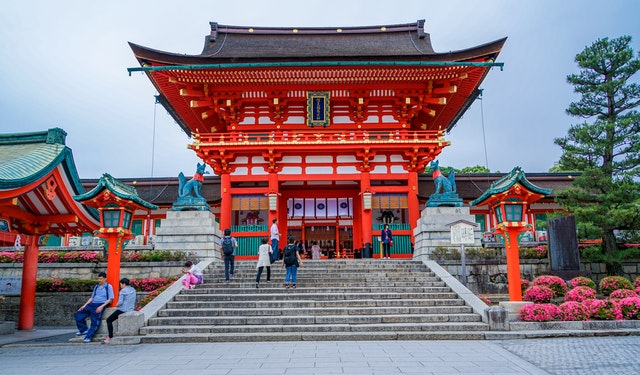Food is more than just nourishment—it’s a reflection of history, tradition, and identity. Learning about and trying cuisine from other cultures opens the door to understanding people and places in a meaningful way. In a world that’s increasingly interconnected, exploring global cuisine is a treat! It’s also a bridge to empathy and appreciation of other countries.
Cultural Understanding
Every dish tells a story. Ingredients, cooking methods, and mealtime customs reveal much about a culture’s values, geography, and history. For instance, the slow-cooked stews of Morocco reflect communal dining and centuries of spice trade. Japanese sushi represents simplicity, precision, and respect for ingredients. By tasting these foods, we gain insight into a way of life that’s different from our own.
Learning about another culture’s cuisine also challenges assumptions and broadens our worldview. It encourages us to ask questions. Why is rice a staple in one country but bread in another? Why are certain ingredients used in particular ways? Food becomes a living history lesson and an invitation to connect.
Building Connections
Sharing food is a universal act of hospitality. Trying another culture’s cuisine can be a small but powerful step toward mutual respect. It shows openness to different ways of living and thinking. Whether you’re dining at a friend’s home, visiting an ethnic restaurant, or cooking recipes at home, engaging with someone’s food shows you value their culture.
In multicultural communities and workplaces, food is often one of the easiest and most enjoyable ways to build rapport. Potlucks, cooking classes, or cultural food festivals become opportunities to learn from one another and create a sense of belonging.
Curiosity and Growth
Trying new cuisines also supports personal growth. It pushes you out of your comfort zone, inviting you to explore unfamiliar textures, flavors, and cooking techniques. It can spark creativity in your own kitchen and lead to healthier, more diverse eating habits.
Travelers know that food is often the most memorable part of a trip. Eating with locals or visiting markets offer an intimate view into everyday life that tourist sites can’t always provide.
Learning and trying other culture’s cuisine is a deeply rewarding experience. It cultivates curiosity, breaks down cultural walls, and brings people together through a shared love of food. Whether at home or abroad, every bite is an opportunity to grow closer to the world.
Some unique dishes to Europe:
Paella – Spain
A colorful rice dish often cooked with seafood, chicken, rabbit, and saffron. Valencia is considered its birthplace.
Coq au Vin – France
Chicken braised in red wine with mushrooms and onions—classic French comfort food.
Pierogi – Poland (I have a great recipe!)
Dumplings stuffed with potato, cheese, meat, or fruit—served boiled or pan-fried, often with sour cream.
Moussaka – Greece
A layered dish of eggplant, spiced meat, and creamy béchamel sauce, baked until golden.
Risotto alla Milanese – Italy
Creamy rice infused with saffron and Parmesan, often served with osso buco (braised veal shank).
From more living well, tips check: KathyHusserTempe.com
